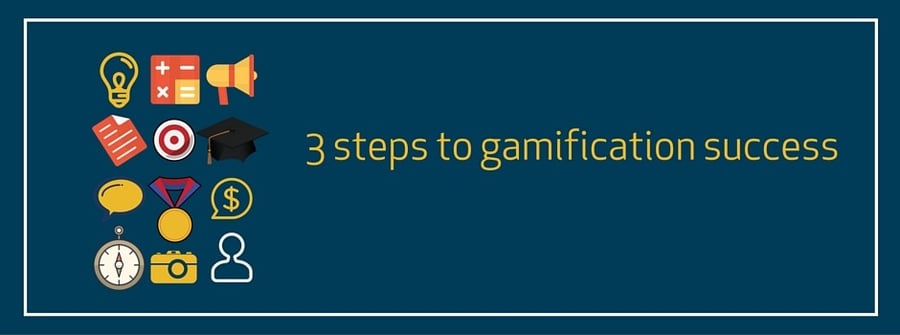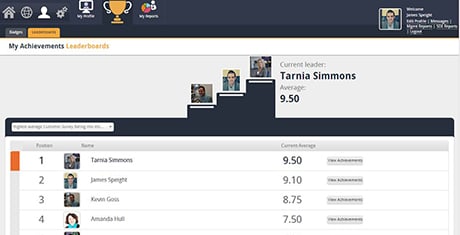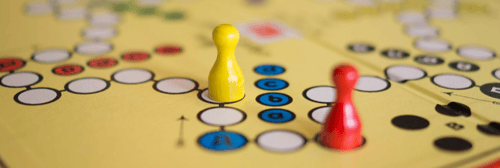Gamification is looking like it could be a great way for organisations to engage with workers, particularly the ‘Millennials’, to boost productivity and customer service. Here is a 3 step methodology to introduce and successfully implement gamification into your organisation.
1. Gain buy-in
- Don’t assume everyone understands the concept of gamification and make sure to position it as a motivational reward and recognition system rather than just another fad
- What’s in it for the players? Linking rewards to something tangible like cake and coffee, or even monetary gain, will grab their attention
- Recognise that not all players are the same – challenges and rewards need to reflect differences in roles and function
- Don’t commit to promises of rewards you can’t keep – a sure-fire way to demotivate your team
2. Start simple
- Wait until everyone is familiar with gamification before introducing more complex, longer-term goals and rewards
- Go slowly to build up confidence and keep players keen – start with simple challenges and rewards that encourage healthy competition between players such as ‘highest weekly customer satisfaction rating’, ‘lowest service level agreement stats’, ‘lowest number of re-opened incidents’ or ‘highest number of approved knowledge base articles submitted in a month’
- Decision criteria for determining winners should be based on measurable statistics such as being ‘rated 5 out of 5 by a customer’ rather than just ‘closing 10 incidents a day’.
- Make first-time rewards attainable to keep new players motivated.
- Create tiered rewards that motivate players to continually do better.
- Mix it up – apply different rewards for different service desk groups at different times but make sure players are competing against colleagues performing similar tasks.
- Don’t be ‘out-gamed’ – minimise the opportunities to cheat by keeping rewards criteria clear and strict.
- Align gaming scenarios with business objectives to keep them real and meaningful – after all, gamification is all about supporting the business!
3. Monitor and Iterate
- Continually review the effectiveness of your gamification techniques – is everyone participating? Are there enough rewards and challenges to keep players interested in the long term?
- Listen to staff feedback – more often than not, they will know what works, what does not and come up with fresh ideas
- It’s an evolving process – constantly tweak and roll-out new challenges and rewards to keep up momentum
Gamification is something that can be used continually, which is more interesting to everybody, and certainly starts to align people with the objectives of the company and makes everything more visible. You can align it with your key performance indicators, so it can engender collaboration, competition and of course recognition – and all that leads to better employee motivation and engagement.
Originally published on Mycustomer.com




.png)
